Passive solar windows too hot?
12 years ago
Featured Answer
Sort by:Oldest
Comments (10)
- 12 years agolast modified: 9 years ago
- 12 years agolast modified: 9 years ago
Related Professionals
Middle River Architects & Building Designers · Plainville Architects & Building Designers · East Ridge Home Builders · Fort Worth Home Builders · Lakeland South Home Builders · Midlothian Home Builders · Valencia Home Builders · Lomita Home Builders · Clinton General Contractors · Green Bay General Contractors · Halfway General Contractors · Hayward General Contractors · Lake Forest Park General Contractors · Oneida General Contractors · Parkville General Contractors- 12 years agolast modified: 9 years ago
- 12 years agolast modified: 9 years ago
- 12 years agolast modified: 9 years ago
- 12 years agolast modified: 9 years ago
- 12 years agolast modified: 9 years ago
- 12 years agolast modified: 9 years ago
- 12 years agolast modified: 9 years ago
Related Stories
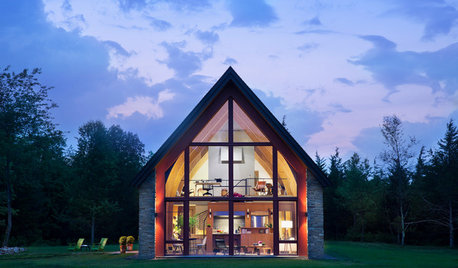
GREEN BUILDINGThe Passive House: What It Is and Why You Should Care
If you don’t understand passive design, you could be throwing money out the window
Full Story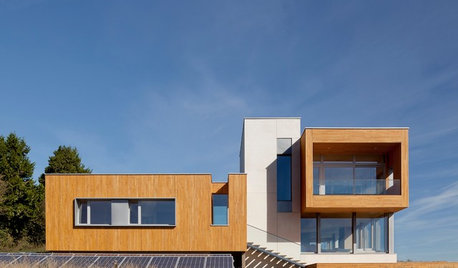
GREEN BUILDINGSunlight Used Right: Modern Home Designs That Harness Solar Power
Embracing passive heating principles through their architecture, siting and more, these homes save energy without skimping on warmth
Full Story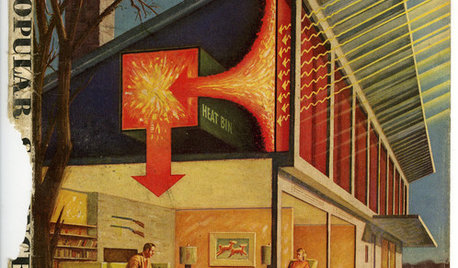
GREEN BUILDINGChampioning the Solar House, From the 1930s to Today
Homes throughout history that have used the sun offer ideas for net-zero and passive homes of the present, in a new book by Anthony Denzer
Full Story
GREEN BUILDINGGoing Solar at Home: Solar Panel Basics
Save money on electricity and reduce your carbon footprint by installing photovoltaic panels. This guide will help you get started
Full Story
GREEN BUILDINGHouzz Tour: Passive House in Vermont Slashes Heating Bills
Its ecofriendly, low-maintenance design leaves a family with more time to relax and enjoy the weekend home
Full Story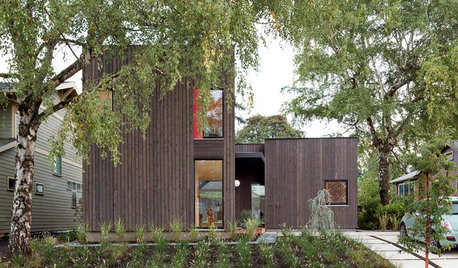
GREEN BUILDINGHouzz Tour: Passive House Principles, Active Benefits in Portland
Lower energy bills and consistent temperatures are just two of the advantages of this architect’s newly built home
Full Story
GREEN BUILDINGLet’s Clear Up Some Confusion About Solar Panels
Different panel types do different things. If you want solar energy for your home, get the basics here first
Full Story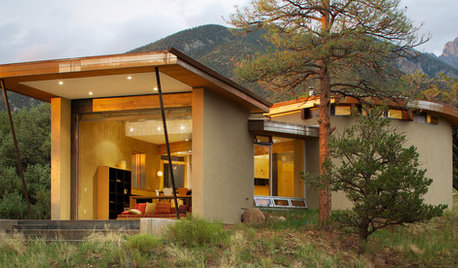
HOUZZ TOURSHouzz Tour: A Straw-Bale Getaway With Sweeping Views
Using passive solar and other green building methods, this Colorado home creates an energy-conscious vacation spot for a family of 5
Full Story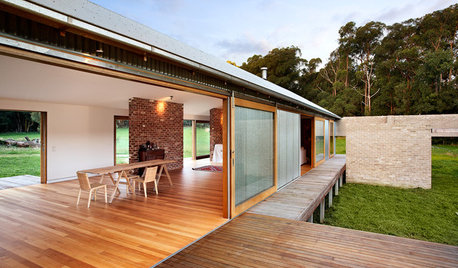
ARCHITECTUREHow Thermal Mass Keeps You Warm and Cool
Passive solar design makes use of this element. Here’s how it works and how you can get it in your home
Full Story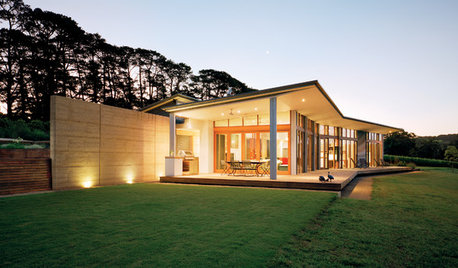
HOUZZ TOURSHouzz Tour: Rammed Earth and Vineyard Views Stun Down Under
Tightly edited colors and materials let nature shine, while solar panels and a passive orientation help this home tread lightly on the earth
Full Story
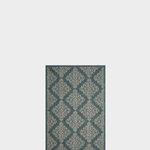
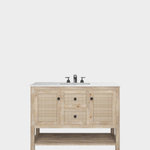
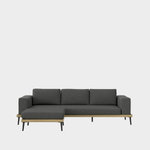
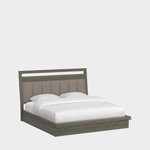


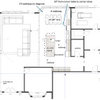
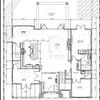
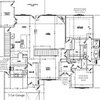
bevangel_i_h8_h0uzz